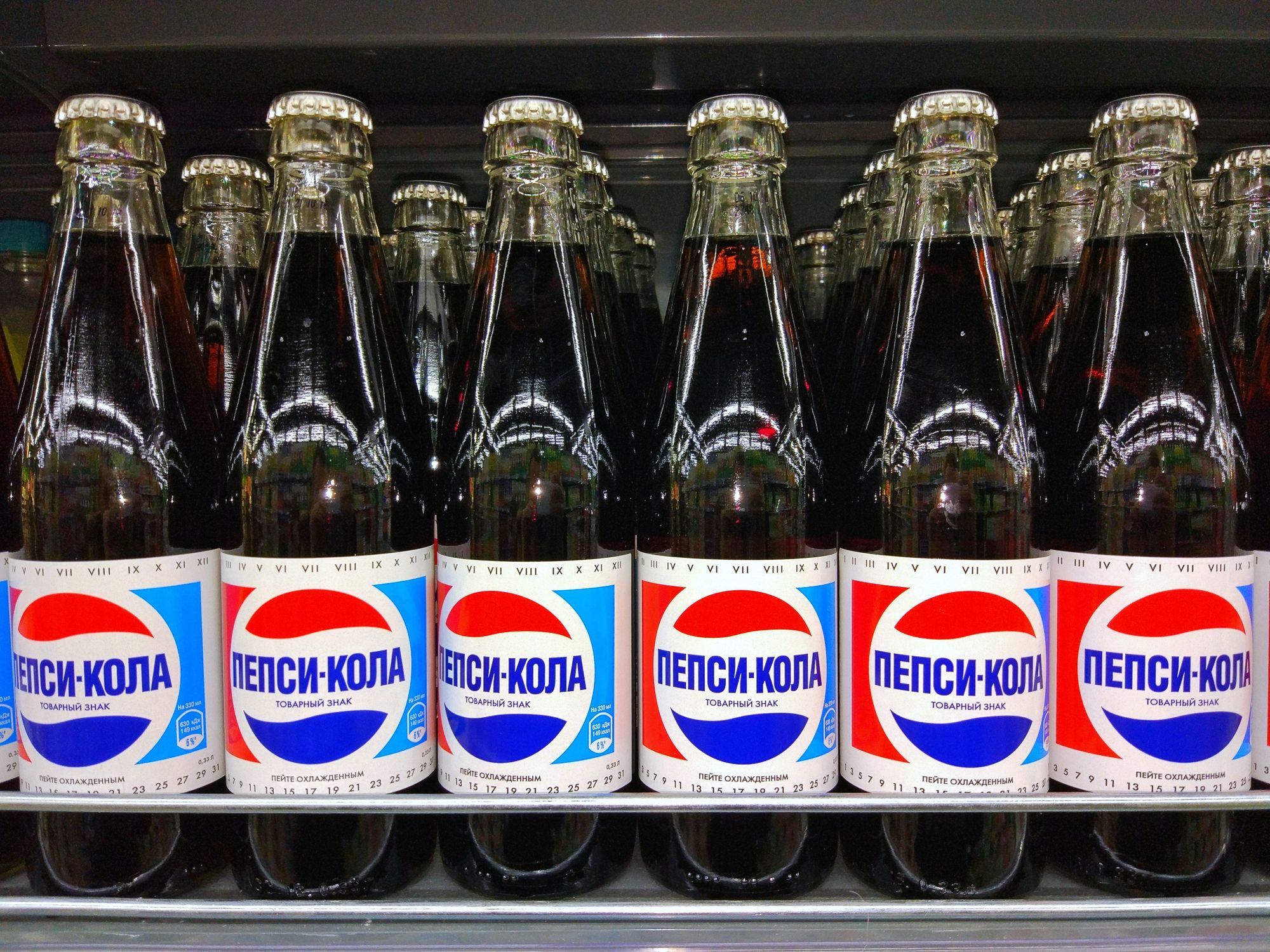5 Minute History: How Pepsi Acquired The World's 6th Largest Military
A Tale of Submarines, Vodka, Pepsi and War...
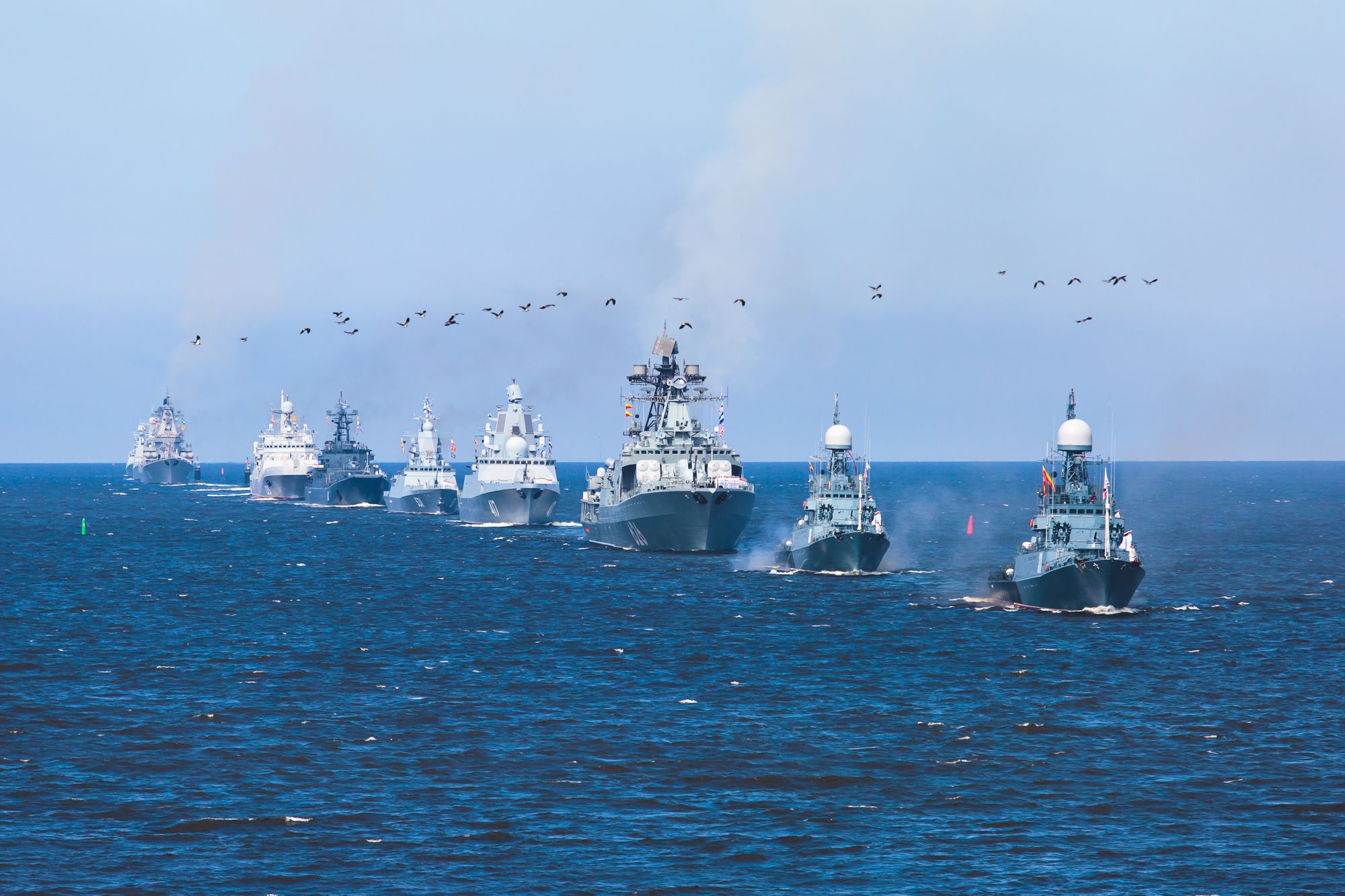

In the summer of 1959, the US and Soviet Union agreed to hold sister exhibitions in New York and Moscow.
Organized as part of the US-Soviet Cultural Agreement, the events would showcase a typical Soviet home to audiences in New York and a typical American home to Moscow attendees.
While touring the exhibits in Moscow, Soviet leader Nikita Khrushchev and Vice President Richard Nixon engaged in several impromptu debates about their respective economic systems and consumer products. These became known as the Kitchen Debates since the most iconic interaction of four debates occurred in a model US kitchen which had been cut in half for easy viewing.
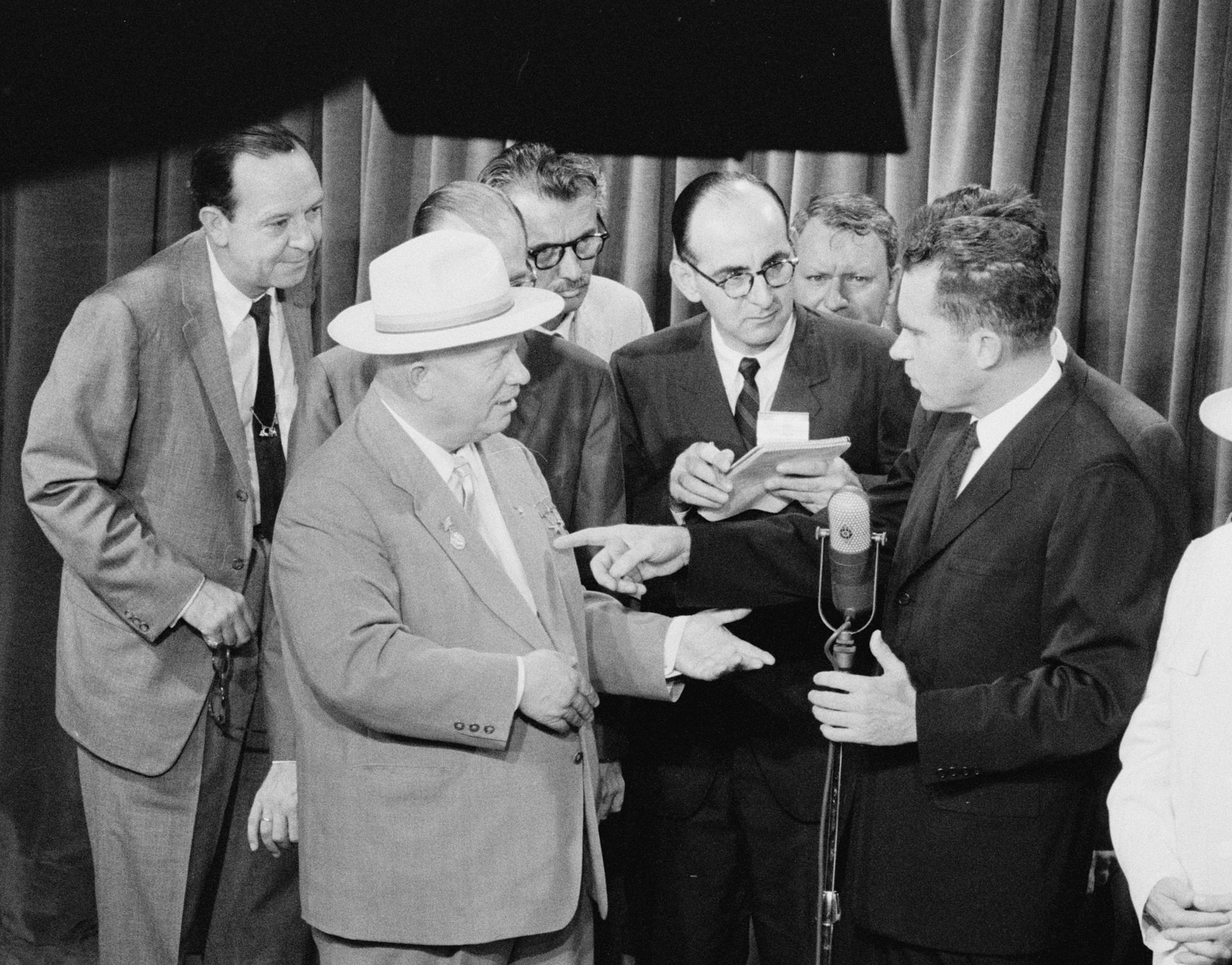
As part of a publicity stunt, 37-year-old Pepsi VP Donald Kendall had asked Nixon to offer a glass of Pepsi Cola to Khrushchev. The iconic photograph of the Soviet leader enjoying a Pepsi was shared widely in the Soviet Union.
Years later, Pepsi became the first American product to be produced and distributed in the USSR. The mastermind of this plan, Donald Kendall had since been promoted to CEO at age 42.
Despite this early success, trade with the Eastern Bloc was not easy for a Western company. The Ruble was essentially worthless outside the USSR. Its export was officially forbidden and the currency value controlled by the Kremlin.
To circumvent this problem, Pepsi resorted to a barter agreement. In exchange for Pepsi syrup, production management and distribution, the Harrison, NY company accepted payment in a universal currency: Vodka
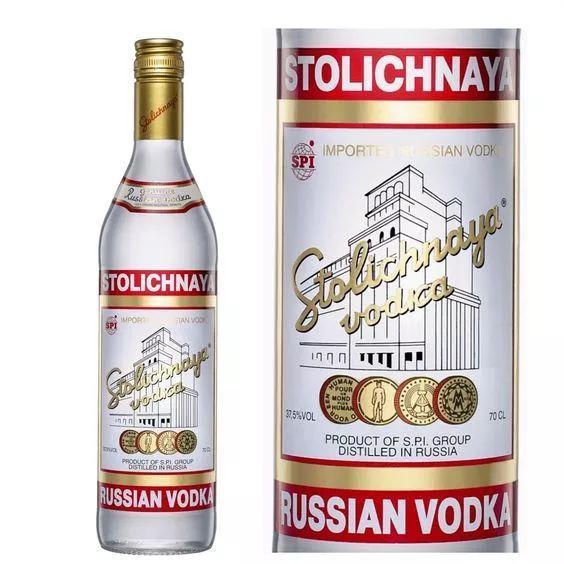
As Pepsi shipped to from West to East, Stolichnaya made the return trip to America. Pepsi Co branded and distributed the Russian vodka which became extremely popular with US consumers.
By the 1980's Pepsi was selling over a billion servings per year in the USSR, even featuring Russian ads with Michael Jackson.
However, the international barter became even more difficult when the escalating Soviet-Afghan War resulted in a boycott of all Soviet goods by the United States.
Throughout the 1980's the economic and political situation worsened in the Soviet Union. Desiring to continue the Pepsi import, but having less to trade, a remarkable deal was reached in 1989.
Moscow would barter 20 warships: 17 submarines, a frigate, cruiser and even a Destroyer in exchange for the continued flow of Pepsi. Further, the deal included several merchant ships and large oil tankers.
The combined flotilla of warships instantly made Pepsi the world's 6th largest military.
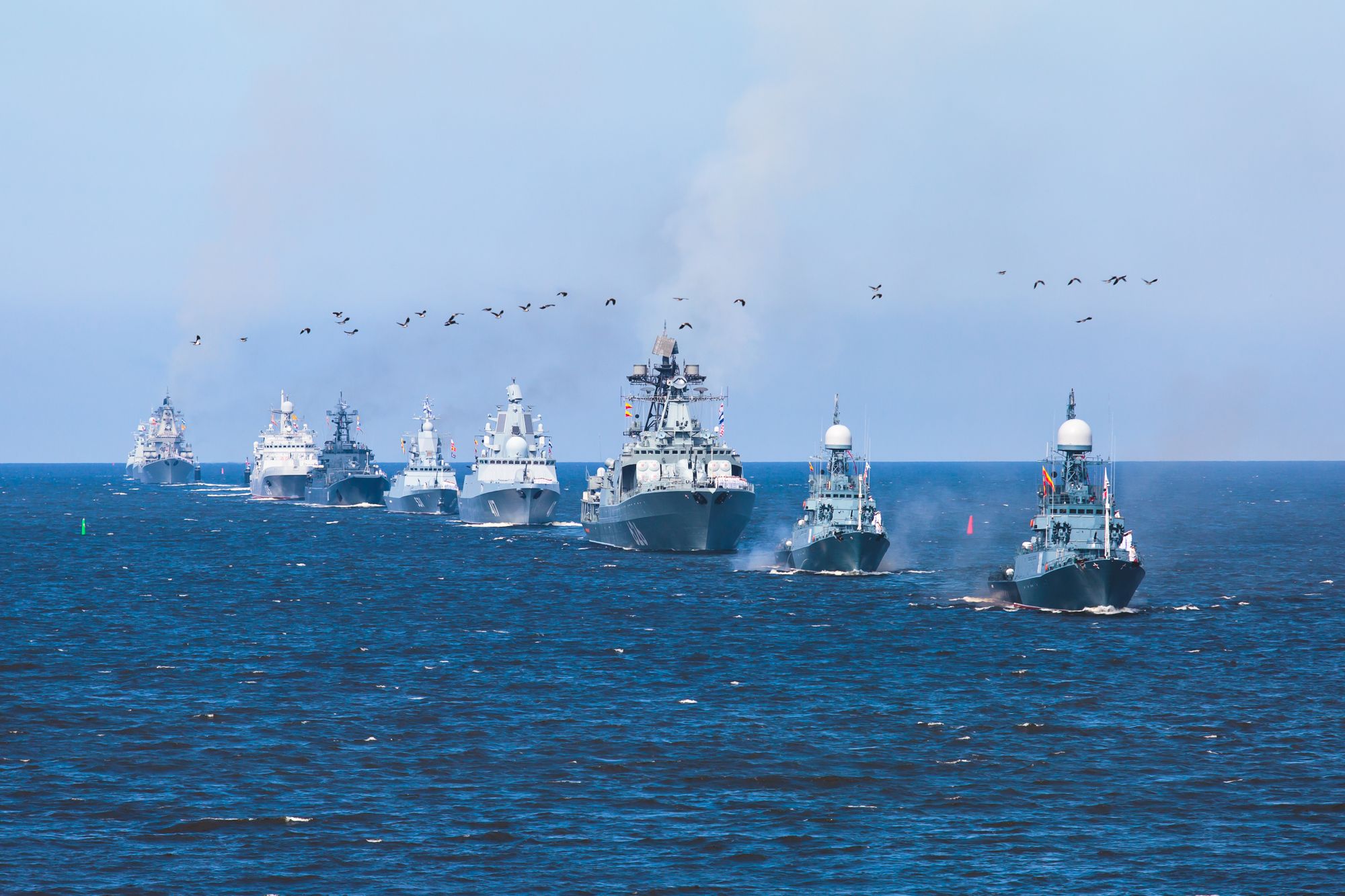
Fortunately for Coca-Cola, Pepsi did not escalate the Cola Wars with their newfound firepower!
Unable to bring the Soviet hardware back to the US, Pepsi leased the merchant ships to Norway and sold most of the aging warships to Sweden as scrap.
Pepsi's CEO even joked to President George H. W. Bush, that he was disarming the Soviet Union faster than the United States.
Collapse
The following year, 1990, Pepsi made an even larger Navy deal with the Soviet Union.
Pepsi would provide their soft drinks until 2000, open Pizza Hut restaurants throughout the USSR and double production facilities. In exchange, the Soviet government would build a fleet of modern oil tankers for Pepsi to lease to Western countries.
The Soviet Union collapsed shortly after the agreement leaving Pepsi with a strategic mess. Instead of coordinating with one nation, Pepsi's operations were now distributed across 15 countries, each in a political upheaval.
Pepsi's plastics came from Belarus, Pizza Hut's mozzarella from Lithuania, their half-completed tankers were in Ukraine and most of the customer base resided in Russia.
Over the next 23 years, Pepsi lost market dominance in Russia to Coca-Cola.
Perhaps they should have used their Navy while they had the chance...
